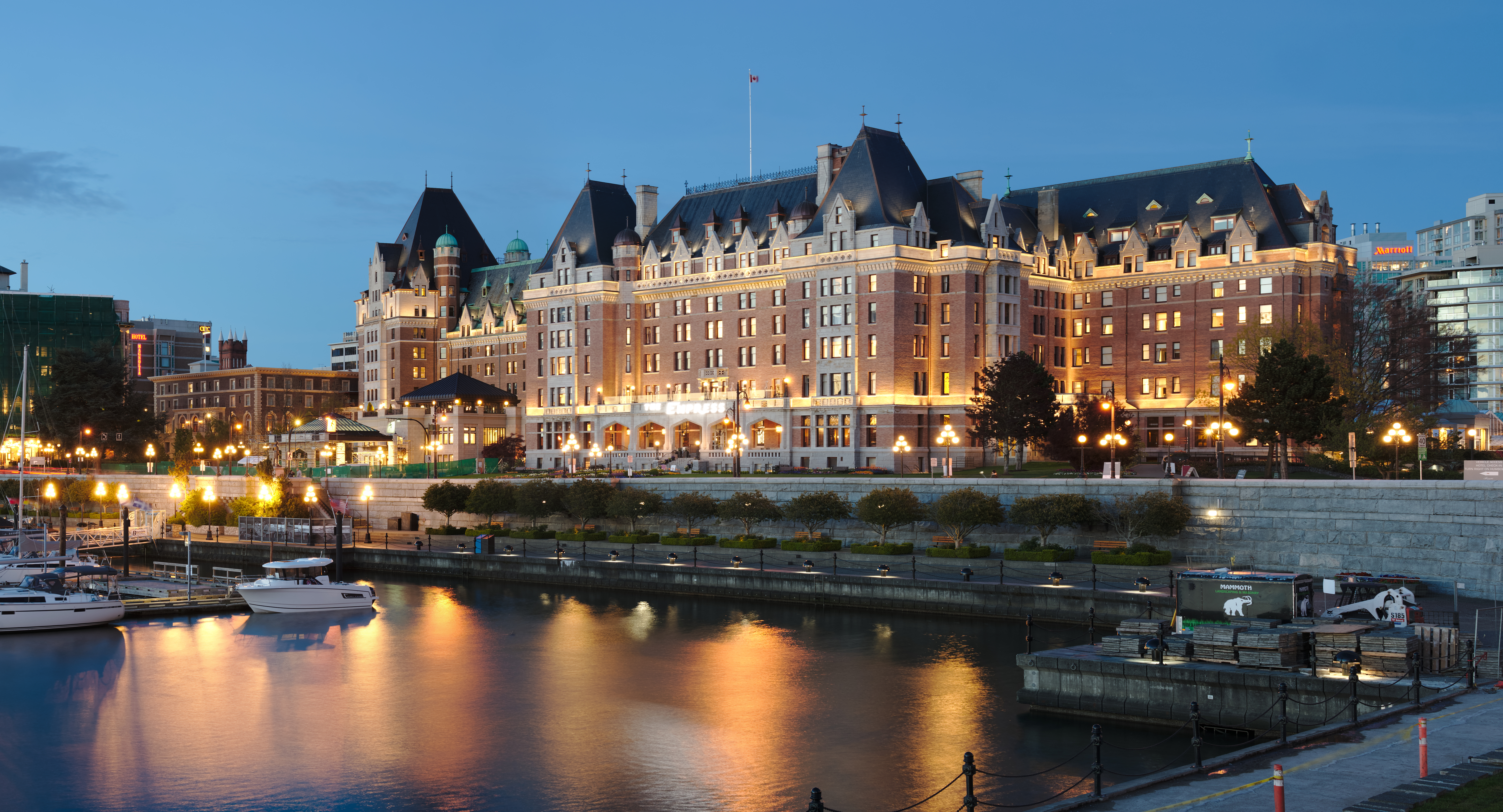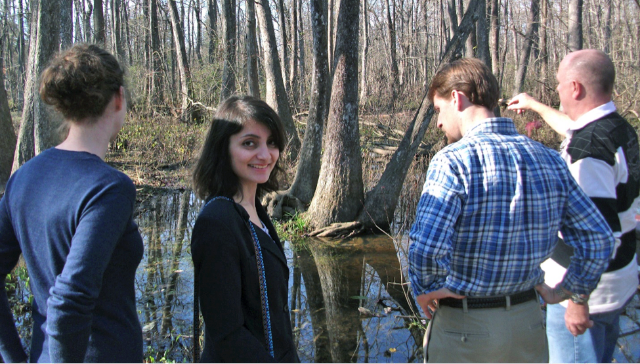One of the most well-known activities in the summer for almost all tourists in Vancouver is the Capilano Suspension Bridge Park. The Park features a number of activities for everyone, and if you are a resident of BC, it might be worthwhile to get an annual pass, which comes for the same price as a single ticket. It is definitely worth it!
As the name can tell, the park is centered around a suspension bridge which is 450 feet long and suspended across the Capilano river. The bridge is perhaps the least interesting of the attractions. The park features a number of other activities, from a cliff walk, a treetop adventure and various restaurants. Fun fact: The name 'Capilano' comes from the First Nation’s word Kia’palano, which means beautiful river.
Attraction 1: The Capilano Suspension Bridge
The Capilano Suspension Bridge was first built in 1889 with hemp ropes and cedar planks by a civil engineer. In 1903, it was upgraded to a wire bridge. It was again rebuilt in 1956. The bridge has been featured in a number of media productions! While you are walking, you will definitely realize that it is a strong bridge, and the cable is strong enough to hold a 747 fully-loaded airliner!
The best time to be able to enjoy the bridge without a swarm of people on it is really early in the morning, when the park opens, or at the end of the day, when the park is closing. Otherwise, it tends to be quite busy and you miss out on some amazing phot opps. Strollers are not allowed on the bridge, and to get to most of the attractions, you have to get past the bridge. Thus, it is advisable to not bring a stroller. We did bring one, but just had it parked.
Attraction 2. The Cliffwalk
One of our favorite parts about the park was the Cliffwalk, which is a suspended walkway going along the cliff face above the river. It is almost like floating through a rainforest. There are stairs here and there, but the walk is really enjoyable. We also went during the winter, where they had lights up for display. Fortunately, with an annual pass, you can enjoy special events such as Canyon Lights. During this time, the suspension bridge and the Cliffwalk is lit up!
Attraction 3: Treetops Adventure
The Treetops Adventure is a series of seven suspension bridges attached to eight ginormous Douglas-Fir trees, which happen to be more than 200 years old. My understanding is that they did not damage the trees while creating the bridges because they used a symptom of tree collars that would grow with the trees.
Attraction 4: Cliffhouse Restaurant and other Eats
The Cliffhouse Restaurant is another attraction offering amazing seafood, and views. The restaurant is open from 11am to 5pm and overlooks the canyon, The menu consists of craft beers, clam chowder, burgers, and much more.
There are a few more casual dining options however. There is Loggers’ Grill, open from 11:00am to 6:30pm. This is a quick service counter featuring things like burgers fries and fast eats. The Bridgehouse Cafe is located across the street from the main entrance and sells coffee, espresso, baked goods, and sandwiches.
Then, there is another very casual option which is the Cabin, located on the other side of the suspension bridge. Once you cross the bridge, you can treat yourself to a coffee or hot chocolate, and some baked goods.
Attraction 5: Totem Poles
Much like all of Vancouver, the park is located on the traditional territory of the Coast Salish people, namely the Squamish (Skwxwú7mesh Nation) and Tsleil-Waututh Nation. In the mid-1930s, the owners of the park invited Native people to bring totem poles to the park. Since then, it has become the largest selection of privately owned totem poles in the world.
Attraction 6: Learning and Camps
There are a few other learning activities. For example, there is the Story Centre is filled with artifacts and antiques that speak to Vancouver’s early history. There is also a self-guided trail known as the Living Forest. Then, for the kids there is the Rainforest Explorers Program. This is a self-guided program scavenger hunt of the surrounding forest. Kids will learn all about the rainforest as they conduct their “research”, and they can get a prize when exiting after they have completed the program.
Getting here
The easiest way to get to Capilano Suspension Bridge is to drive here, if you have a car. However, if you are staying in downtown Vancouver, there are multiple buses that can get you close to this place, not to mention a free shuttle that can pick you up from several different locations in downtown. You need a valid park ticket in order to use the shuttle however!

























































